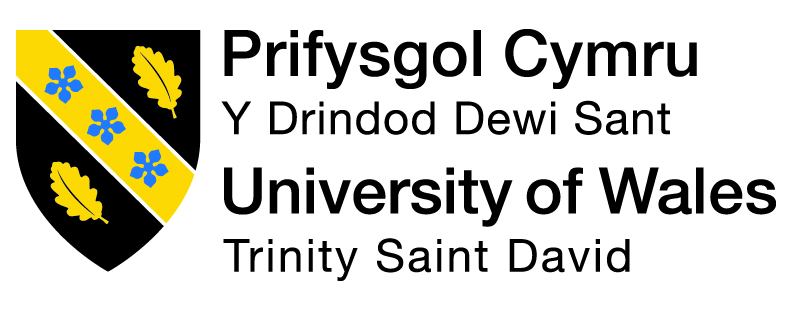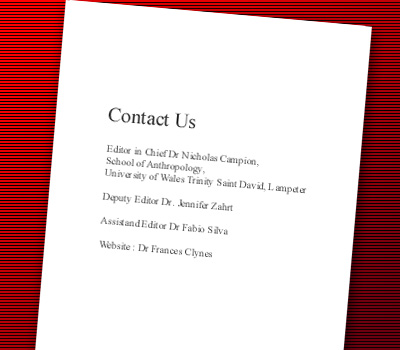We are currently seeking submissions for future volumes of Culture and Cosmos.
Volume 15-1
The Barolo Palace:Medieval Astronomy in the Streets of Buenos Aires
Alejandro Gangui
Abstract
Cultural heritage relating to the sky in the form of sundials, old observatories and the like, are commonly found in many cities in the Old World, but rarely in the New. This paper examines astronomical heritage embodied in the Barolo Palace in Buenos Aires. While references to Dante Alighieri and his poetry are scattered in streets, buildings and monuments around the Western world, in the city of Buenos Aires, the only street carrying Dante’s name is less than three blocks long and, appropriately, is a continuation of Virgilio street. A couple of Italian immigrants—a wealthy businessman, Luis Barolo, and an imaginative architect, Mario Palanti—foresaw this situation nearly a century ago, and did not save any efforts or money with the aim of getting Dante and his cosmology an appropriate monumental recognition, in reinforced concrete. The Barolo Palace is a unique combination of both astronomy and the worldview displayed in the Divine Comedy, Dante’s poetic masterpiece. It is known that the Palace’s design was inspired by the great poet, but the details are not recorded; this paper relies on Dante’s text to consider whether it may add to our understanding of the building. Although the links of the Palace’s main architectural structure with the three realms of the Comedy have been studied in the past, its unique astronomical flavor has not been sufficiently emphasized. The word of God, as interpreted by the Fathers of the Church in Sacred Scripture, Aristotle’s physics and Ptolemy’s astronomy, all beautifully converge in Dante’s verses, and the Barolo Palace reflects this.









